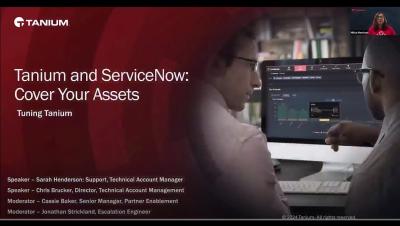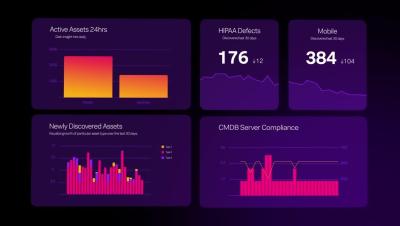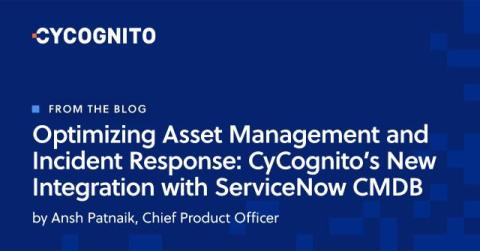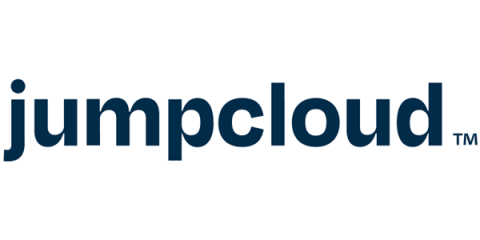How Accurate Asset Records Benefit Financial Decision-Making
Are you confident that your financial decisions are based on reliable data? If not, you are missing out on valuable insights that accurate asset records provide. Accurate asset records are not just numbers on a spreadsheet-they're the backbone of informed decision-making. Whether you're managing corporate assets or overseeing financial operations, the precision of your asset records can make or break your strategies. Let's explore how maintaining precise asset records can significantly boost your financial decision-making process.











